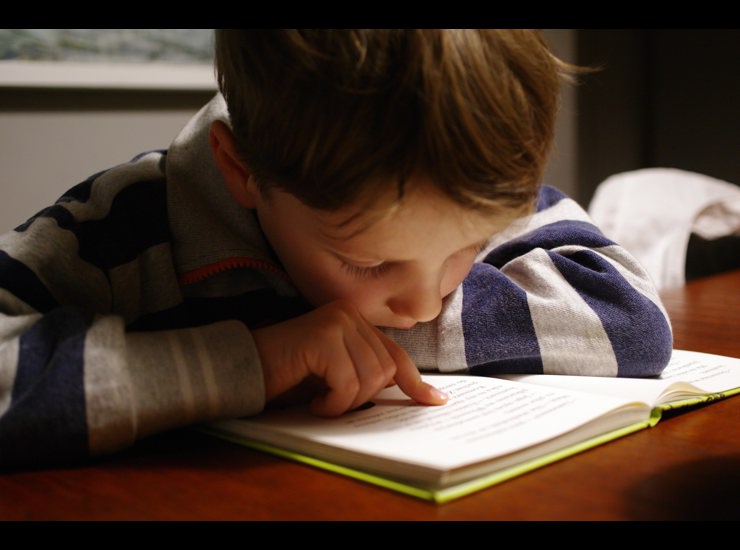
It’s that time of year again, the start of a new school term and inevitable meetings with teachers or curriculum information evenings. My own son transitioned to high school this September so I found myself sitting in a school hall with many other parents listening to a wealth of information about what our children will learn and what we can do to support them. As a researcher when I hear phrases that start with ‘Research shows…’ or ‘The evidence tells us…’ I can’t help but want to know more and start asking my own questions.
One moment that struck me with many questions was when the teacher said ‘Reading for 20 minutes a day’ was a specific learning step needed by students to achieve and improve learning and attainment at school. Luckily for me I have access to colleagues Kelly Burgoyne and Jenny Freed whose research looks at reading in children and I was able to ask them my questions and I’m sharing these answers here for any other parents with questions who don’t have experts on hand.
Why 20 minutes a day?
There isn’t a clear consensus about where the specific time of 20 minutes came from, but the evidence is clear that the more reading is practiced the better. Those children who struggle to read or don’t enjoy reading will tend to choose to read less and therefore get less practice and improvements are going to be slower, they do not gain vocabulary, background knowledge, and information about how reading material is structured at the same rate as those who do enjoy reading. In short, the word-rich get richer, while the word-poor get poorer (Stanovich, 1986).This is known as the Matthew effect (Merton, 1973) and can be seen in lots of different areas of life, not just education.
One of the reasons daily reading is recommended is to help reading become a part of your child’s routine, for example, reading before bed, or as soon as you get in from school pick up. This then establishes reading as part of the day rather than something that needs to be explicitly thought about and fitted in.
What type of reading should my child be doing?
There are different types of reading your child can engage in – independent reading, guided reading, and reading aloud to an adult. Each of these types of reading has benefits for children. When a child is reading they are also learning about decoding and spelling whilst being exposed to a rich vocabulary and encountering different sentence structures that are infrequent in everyday speech. Dawson, Hsiao, Wei Ming Tan, Banerji and Nation (2021) found that the language in children’s books typically contains more diverse and denser vocabulary than speech as well as including more words that are rare in spoken language. They also found that books include more nouns and adjectives than speech directed at children.
What should my child be reading?
When we think of reading, we automatically think of books. But some children might find books daunting and so it is important to think of other ways to get that daily reading practice. So, the short answer to this question is anything they are interested in – comics and graphic novels, recipe books, menus and shopping lists, social media, instructions for board games, cinema listings… The list is endless, but any written form of text will be good practice.
But, my child hates reading and prefers to listen to stories. What can I do?
Although, some of the benefits of reading come from engaging directly with the text if your child is a reluctant reader there is still plenty they can learn from listening to stories read by an adult or audiobooks. During this type of reading children are still able to learn about vocabulary, sentence structures as well as learning to make inferences and other parts of comprehension. Asking questions and talking about the story while reading can help to support their understanding (van Kleeck et al., 2006). You could talk about the characters feelings or motivations and encourage them to ‘read between the lines’ to make inferences that go beyond the explicit information in the text. It can also be useful to encourage your child to follow along with the text while listening – having a hard copy of the book that they can read alongside the audiobook. If your child has a book they chose to read it can be beneficial if you are reading the same book, this will allow you to talk about the story which can help to support your child’s comprehension.
Take home message
The crucial thing is to make reading enjoyable for your child as a jumping off point and then to expand on the specific material they are reading at a later date. Remember, the 20 minutes a day guide is precisely that, a guide. If there are days where you can’t fit it in, or only manage 5 minutes that’s fine. Forcing them to read is likely to have the opposite effect and make them less likely to want to pick up a book. Try again the next day and build up the time spent reading slowly and in response to your child and their capacity.

